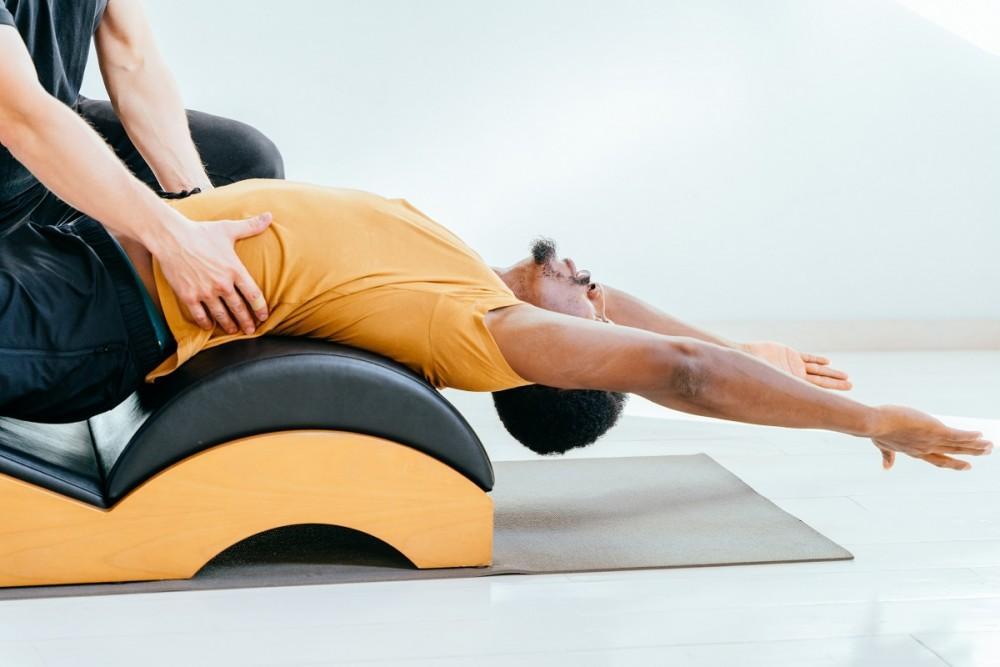Coping with nerve pain can be a difficult and life-altering experience, often impacting daily activities and overall well-being. Fortunately, physical therapy provides a variety of proven techniques to ease neuropathy symptoms, support nerve recovery, and enhance functionality. In this blog post, we delve into effective physical therapy methods tailored to individuals seeking neuropathy treatment in Tulsa, offering insights to help improve your quality of life.
Understanding Neuropathy and Its Impact
Neuropathy arises when one or more nerves are damaged or impaired, disrupting the vital communication between the nerves and the brain. This condition can trigger a range of symptoms, including numbness, tingling, muscle weakness, burning sensations, and pain, which may affect various parts of the body depending on the nerves involved. These symptoms can significantly interfere with daily life, making even routine tasks difficult and uncomfortable. Fortunately, physical therapy offers a non-invasive and effective solution for managing neuropathy.
Key Physical Therapy Techniques for Nerve Pain
Manual Therapy
Manual therapy utilizes hands-on techniques to target muscle tissue and nerves, aiming to alleviate pain and restore function. Methods like massage, mobilization, and manipulation work to boost circulation, ease muscle tension, and relieve nerve pressure, promoting overall physical well-being.
- Effectiveness: Patients often report reduced pain and improved sensation following regular manual therapy sessions.
Therapeutic Exercises
Targeted exercises for neuropathy patients can strengthen muscles, enhance coordination, and preserve range of motion. Carefully designed, these exercises aim to alleviate nerve compression and support nerve regeneration, promoting overall mobility and well-being.
- Personalized Plans: Exercises are customized based on the individual’s specific condition and capabilities, ensuring they are both safe and effective.
Electrical Stimulation
Electrical stimulation therapies, such as TENS (Transcutaneous Electrical Nerve Stimulation), utilize low-voltage electrical currents to effectively alleviate pain. By stimulating the nerves, this method can help reduce discomfort while also supporting muscle strength and promoting healing.
- Application: This therapy is particularly useful for those whose nerve pain interferes with daily activities and sleep.
Aquatic Therapy
Aquatic therapy utilizes water-based exercises to promote healing and strength. The natural buoyancy of water alleviates pressure on weight-bearing joints and muscles, making movement more comfortable. At the same time, water’s resistance helps build strength and improve function, all without the discomfort often associated with traditional land-based exercises.
- Benefits: The soothing properties of water can also help reduce the sensation of pain, providing comfort and functional improvement.
Incorporating Physical Therapy into Your Treatment Plan
Integrating physical therapy into your neuropathy treatment requires working with a skilled therapist who specializes in nerve-related conditions. Their expertise ensures the therapy is carefully tailored to target the specific nerve damage you’re experiencing, maximizing its effectiveness.
- Assessment and Adjustment: Ongoing assessments by your physical therapist will help modify your treatment plan as your condition improves or changes.
Feel free to read more – ขา
Conclusion
Physical therapy offers an effective and promising solution for individuals dealing with neuropathy, providing crucial pain relief while helping to restore mobility and overall function. Neuropathy, often caused by nerve damage from conditions like diabetes, chemotherapy, or injury, can lead to pain, numbness, and challenges with daily activities. Physical therapists take a personalized approach, utilizing a range of techniques such as manual therapy to improve circulation and reduce stiffness, therapeutic exercises to build strength and stability, electrical stimulation to ease pain, and aquatic therapy for low-impact movement in a supportive environment. These methods not only alleviate symptoms but also enhance coordination, balance, and overall physical health. By incorporating physical therapy into a comprehensive neuropathy management plan, patients can find meaningful relief, regain independence, and potentially slow the progression of symptoms.
